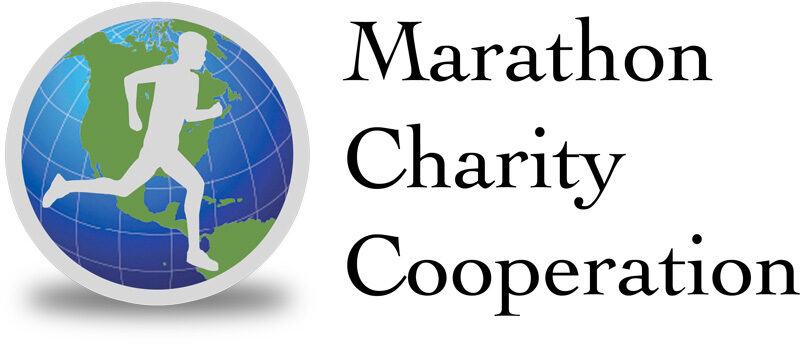Some of this may be repetitive, but now that you have more mileage under your belt, and are running distances closer and closer to your target distance, it bears repeating.
If you find yourself sprinting out of the start, and then running out of gas the last 2, 3, 4 miles of the training run..YOU ARE STARTING TOO FAST!
The way to do any distance run is to find a pace that you can keep up all day long. Most of the time, this pace is _slower_ than any pace you cold do on a shorter distance, the pace you could do for the first 5 or 6 miles of a training run.
Which is why I train for a negative split on any race or training run that I can. Do I always achieve it? Of course not.
But even on my best days, if I don’t start out slow, I won’t have enough energy at the end to keep up my pace. So I start out slow on every training run, and try to run *faster* in the second half. Sometimes, that faster running in the second half only manages to lead to an even split – the same time on the second half as on the first half. Or maybe, the “negative split” is only a minute, or faction thereof. But that’s OK. That’s what happens when distance fatigues the body.
Unless I *try* to run slower in the first half, and faster in the second half, I have no hope of coming anywhere close to an even pace throughout the training run or race. I’ve run 18 marathons, and if anything, I’ve learned to respect the distance, and the fatigue it brings. If you’re cocky enough to race out of the start, and zoom up and down those hills in the first 7 miles of MCM, the race will humble you mercilessly somewhere before the 14th Street Bridge.
And one of those marathons I ran was Baltimore. Those of you running the Baltimore Half don’t have it any easier with the hills.
If you are a new marathon or half-marathon trainee, every other long run from now on is longer than you have ever run before. You are more than capable of doing it. But you must respect the distance.
Start your training run slowly. Keep running slowly for the first few miles, until you are throughly warmed up and comfortable. Then, increase the pace slightly, but only so far as you can continue to hold a conversation with your neighbor. That’s one reason we ask all our trainees to run with someone on the Saturday training runs. If you are too winded to gasp more than a word or two to your neighbor, you are running way too fast for a training run!
At the half-way point of any out-and-back course, then (and only then) can you pick up the pace a little more. Lengthen the time between walk breaks. Do your bathroom breaks in the first half, then run without them in the second half. If you run the first half at the correct slow speed, you should be able to pick up the pace here without being winded. You should still be able to speak short sentences to the runner next to you.
When you can see the end of the training run (at Columbia Island Marina, when you hit the far end of the parking lot), that’s when you can practice your finish line kick. Give it all you have for that last 50 or 100 meters (yards). Sprint at the *end* of the training run, not the beginning.
The distances we run in training can be intimidating. But if you run them *smart*, you can master them, and ultimately, the marathon or half marathon. Run slow to start, at a pace you can keep up for a long time. Speed up that pace only on the way back. Do that week after week, and reap the rewards.
